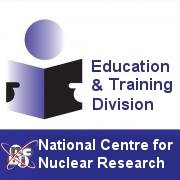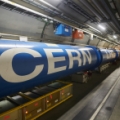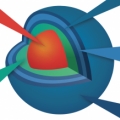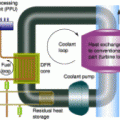News
The results of this year’s edition of the Physical Paths competition!
2022.04.26 15:00 - Piotr Spinalski
The results of the 17th edition of the Physical Paths competition, organized by the National Center for Nuclear Research and the Institute of Physics of the Polish Academy of Sciences, have been announced. The winners of the 1st, 2nd and 3 rd place were awarded cash prizes, as well as funds for equipping school laboratories for academic tutors. For the first time, the prof. Ludwik Dobrzyński award Was also granted for the teacher who is the guardian of the competition participant.
----
The LHC enters its next startup phase after Long Shutdown 2
2022.04.22 14:55 - Piotr Spinalski
For several months, scientists from CERN have been preparing the accelerator complex located there for awakening. After more than 3 years, the so-called Long Shutdown 2 and the successive testing of subsequent acceleration steps, the first proton beam has already appeared in the LHC ring.
----
TRISO fuel – fuel with its own „containment”
2022.04.19 12:08 - Marek Pawłowski
High-temperature reactors use modern TRISO (TRIstructural-ISOtropic) nuclear fuel. NCBJ scientists conducted preliminary tests of the resistance of fuel pellets „shields” to mechanical damage. The work is carried out in cooperation with the European Research Center (JRC).
----
Negative reactivity coefficient of a two-fluid reactor
2022.04.11 10:03 - Marek Pawłowski
NCBJ scientists are analyzing the concepts of future solutions for new generation nuclear reactors. One of the promising solutions is the two-fluid reactor (DFR). In a paper published in the April issue of the journal Progress in Nuclear Energy, researchers showed that DFR has a negative temperature reactivity coefficient, which is one of the key figures for the passive safety of a nuclear reactor.
----
How heavy can a graviton be?
2022.04.07 12:52 - Marek Pawłowski
Scientists are trying to determine the properties of the graviton – the hypothetical particle that carries the gravitational force. In a study published in the Journal of High Energy Astrophysics, based on the analysis of 12 galaxy clusters, prof. Marek Biesiada and his colleagues presented a new limit on the mass of graviton. It is seven orders of magnitude stronger than the limitations of observing gravitational waves.
----


















